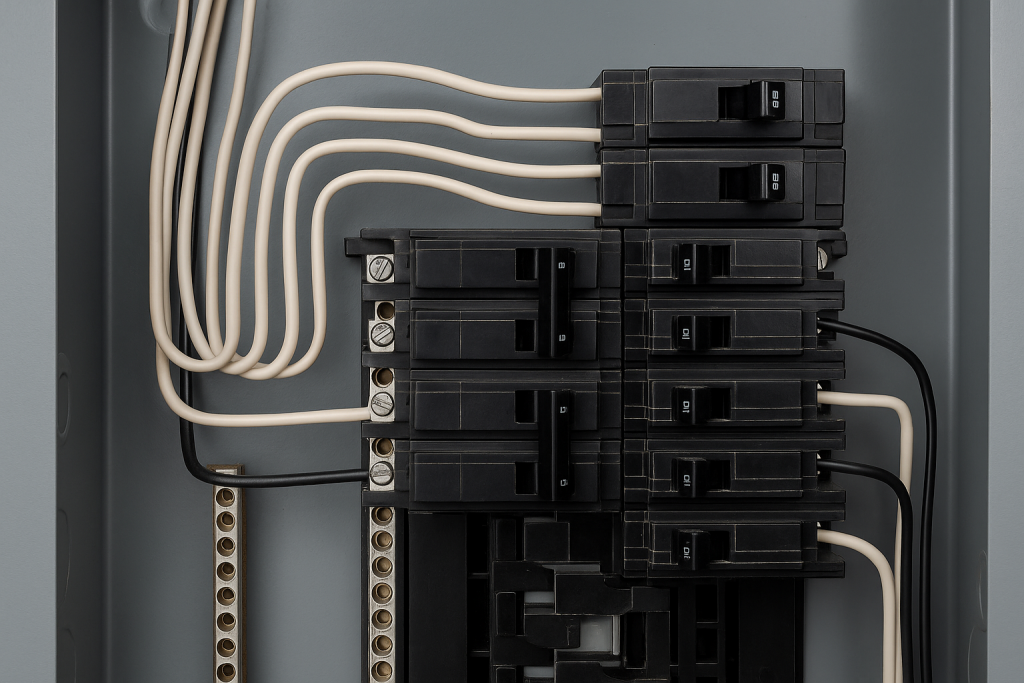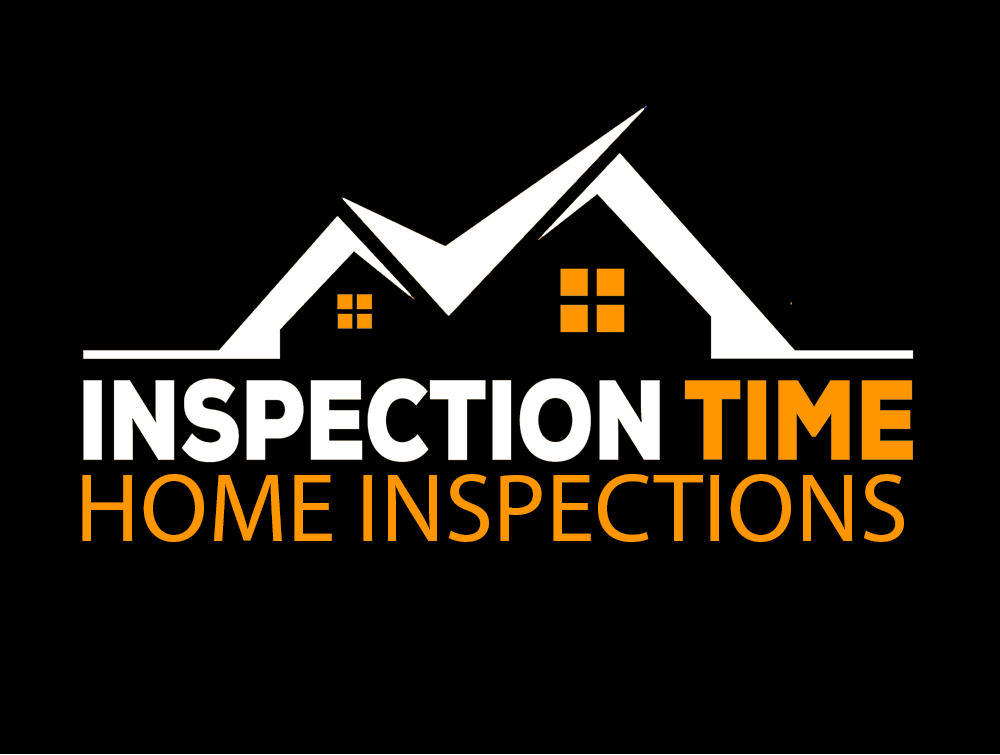Why Home Inspectors Call Out White Wires Used as Hot Conductors
In residential electrical systems, wire color plays an important role in safety. The color of a wire isn’t just for convenience — it tells you the wire’s function. White wires are normally reserved for neutral conductors, while black, red, or other colored wires are typically used for hot (live) conductors.
However, sometimes electricians will repurpose a white wire as a hot conductor. While this is permitted by the National Electrical Code (NEC), there are strict requirements for how it must be identified. If the wire isn’t properly marked, it can create confusion and even dangerous situations.

NEC Requirements for White Wires as Hot
The National Electrical Code (NEC 200.7(C)) allows a white or gray wire to be used as a hot conductor if it is clearly re-identified. This means the wire must be marked at its termination points with a color other than white, gray, or green. The most common method is to use black or red electrical tape, paint, or a permanent marker to indicate that the wire is hot.
If the wire is not re-identified, it appears to be a neutral wire — but it’s actually carrying live current. This increases the risk of shock, fire, or errors during future electrical work.
How to Identify White Wires as Hot
When inspecting, you may see:
- Black or red tape wrapped around the ends of the wire.
- Paint or permanent marker applied to the insulation.
- No identification at all — which is a deficiency, since the wire may look neutral but is actually energized.
Why Home Inspectors Call It Out
Home inspectors make note of this condition for several important reasons:
- Safety risk: Someone may mistake the unmarked white wire for neutral and assume it’s safe to handle, which could lead to shock or fire hazards.
- Improper workmanship: Failing to re-identify conductors doesn’t meet today’s standards.
- Future confusion: Homeowners, contractors, or electricians may later misinterpret the wire, leading to costly or dangerous mistakes.
When a white wire is used as hot but not properly marked, inspectors usually recommend evaluation and correction by a qualified electrician. Proper re-identification is a simple step that makes the system safer and compliant with NEC standards.
Common Questions About White Wires Used as Hot
1. Why would an electrician use a white wire as hot in the first place?
This often happens in certain switch loops, three-way switch setups, or when the available wiring doesn’t include the proper color conductor. Instead of pulling new wire, the electrician repurposes the white wire — but it must be re-identified.
2. Is it dangerous if my home has white wires being used as hot?
It’s not inherently dangerous if the wire is properly marked. The danger comes when a white wire is used as hot without clear identification, because it can be mistaken for a neutral wire.
3. Can I just leave it as it is if it works fine?
Even if it works, leaving it unmarked can cause problems in the future. For safety and compliance with NEC standards, it’s best to have a qualified electrician re-identify the conductor.
4. What should I do if my home inspector notes this condition?
If your inspection report calls out a white wire being used as hot without proper marking, the recommendation will typically be to have a licensed electrician evaluate and correct it. This usually means applying proper tape or marker to re-identify the wire.
Final Thoughts
Using a white wire as a hot conductor isn’t against the rules, but it must be marked correctly to keep the system safe and understandable. Proper identification helps protect homeowners, electricians, and inspectors from dangerous assumptions. That’s why home inspectors always point it out in reports — not to alarm, but to help ensure the electrical system is safe and compliant with today’s standards.
Author: Inspection Time | Aaron – Certified Master Inspector TREC #25498 | NACHI22040459 | LEAD FIRM #NAT-F244506-1 | TDA# 0907507 | Airman Certificate #4902697





